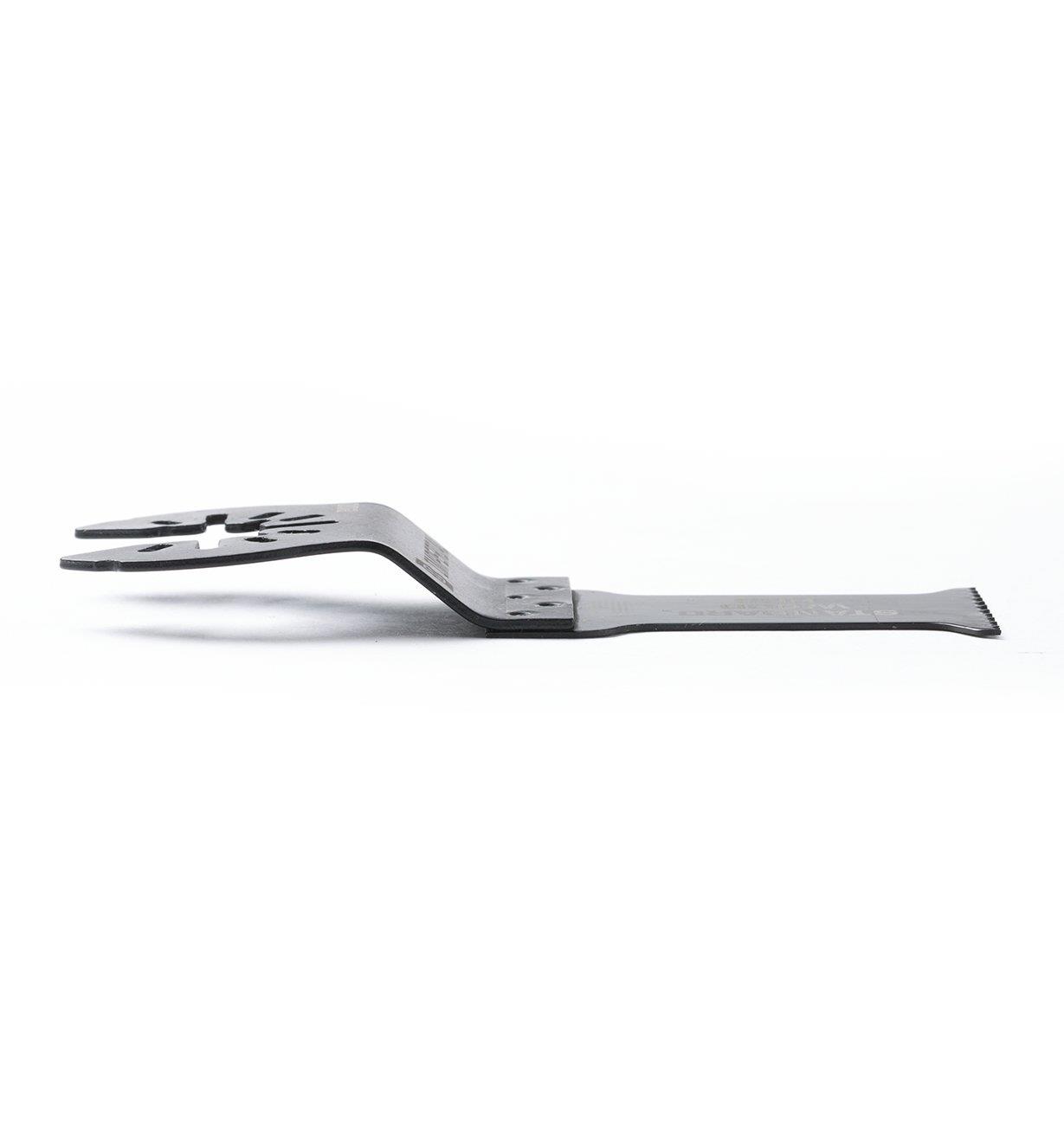
.jpg)
Harness or Bridle Awl: Designed to pierce leather and make small round holes. Now I know to use the awl, it is a sturdier tool because it is designed to do these functions. I only really learned about awls after snapping off the tip of my PowerPlay main blade while prying and cutting. Proper technique is important: sewing awls require a plunge motion while punch awls may require a simultaneous push and twist motion during use. Awl shapes are matched to the material being punctured and designed to prevent rips and fraying.
#MULTI TOOL BLADES AND THEIR USES HOW TO#
Awls are actually very useful tools that are under utilized because people don’t know what they are or how to use them.Īwls are designed to create holes in leather, wood, binders board, or tough fabrics. We’ve all seen the strange thick knife blade on our multi tool, you know, the pointed one that has an edge but is not really sharp. Want to know more uses of oscillating tools? See 12 uses of an oscillating tool for DIY’ers and professionals alike.This post contains affiliate links, we may earn an affiliate commission when you buy through links on our site. They can provide a beautiful polished finish on chrome, stainless steel, aluminum, and other materials. Pads are available in different densities, just like sanding pads. If you’re a crafty individual that likes working with metals, you’ll be glad to know that your oscillating tool can make your polish work much easier. Other uses include removing adhesive, tile, carpet, silicone, glue, and paint. These scaper blades come in both rigid and flexible. It will remove this stuff with ease, and you don’t have to worry about cutting your floor by accident. Have you ever pulled up old vinyl flooring only to end up with large patches and glue stuck to your floor? This is just an example of when a scraper blade really comes in handy. These rasping attachments are available in round, triangular, and finger shapes. Think tile adhesive, wood, fillers, concrete, or even stone. RaspingĬarbide oscillating tool rasps are great for coarse sanding. It’s a nasty job that can otherwise take a long time with a utility knife. Even if you never plan on cutting such materials, having a cutting blade can come in useful for removing old caulk. Such materials include leather, felt, rubber, carpet, and so on. Most oscillating cutting blades are designed for soft materials. CuttingĪ less popular use of the oscillating tool is to cut material. The diamond edge blades are more expensive, but they get the job done faster, and they will last much longer. For most applications, the Carbide edged blades will do the trick, such as tile joints, grout, or even concrete. The grout removal blades come in both carbide and diamond edges.

The oscillating tool can make quick work of that. If you’re doing some tile work, like a bathroom renovation, you may have to remove the old grout. I personally prefer the triangle shapes as the corners allow me to get in tough-to-reach spots. Just pop on the sanding attachment and get it done.ĭepending on the sanding attachment, sanding pads are available in circular and triangle shapes. But I love using my 20v battery-operated DeWalt Oscillating tool for quick sanding purposes. I still use my corded DeWalt sander for big sanding jobs. While an oscillating tool is great for cutting and sawing material, it also doubles as a sander. But you’ll always get the most of your tool if you use the right blade for a specific material. You can use a wood blade for sawing multiple materials, such as wood, paneling, and drywall. If you buy an oscillating tool, chances are you have something specific in mind you want to saw. This is by far the biggest use of the oscillating tool. On oscillating tool is extremely versatile due to its acceptance of various attachments. What can you use an oscillating tool for?


 0 kommentar(er)
0 kommentar(er)
